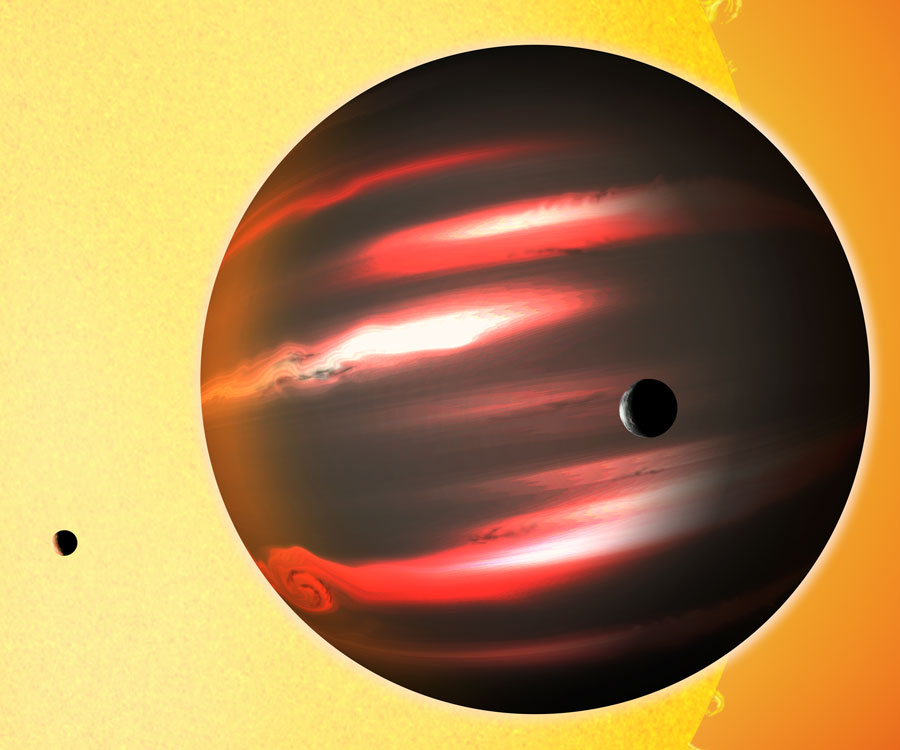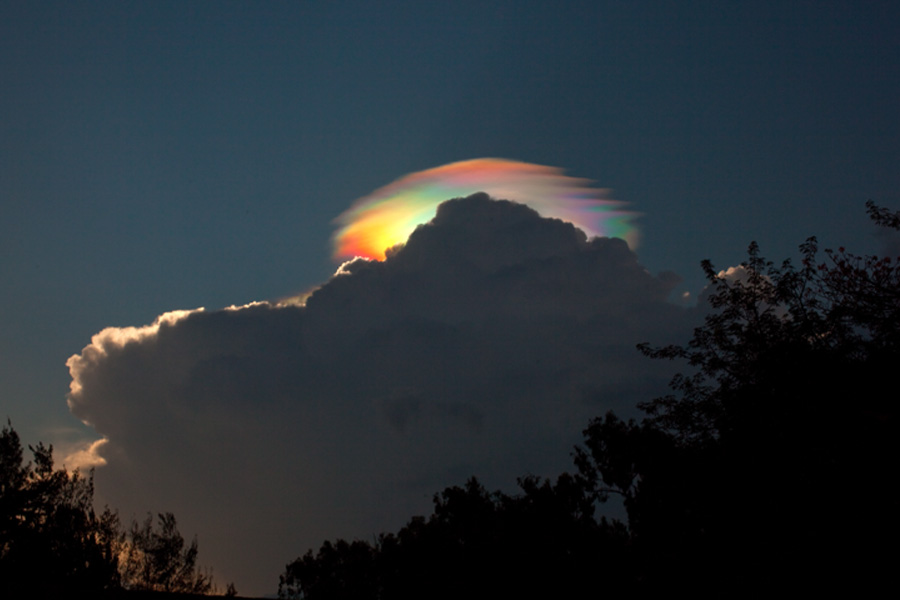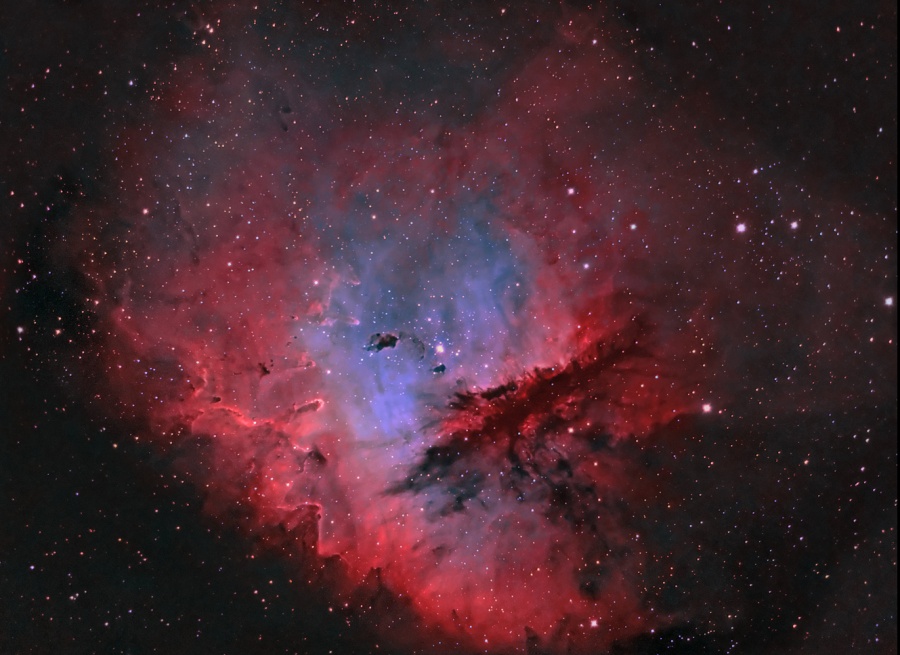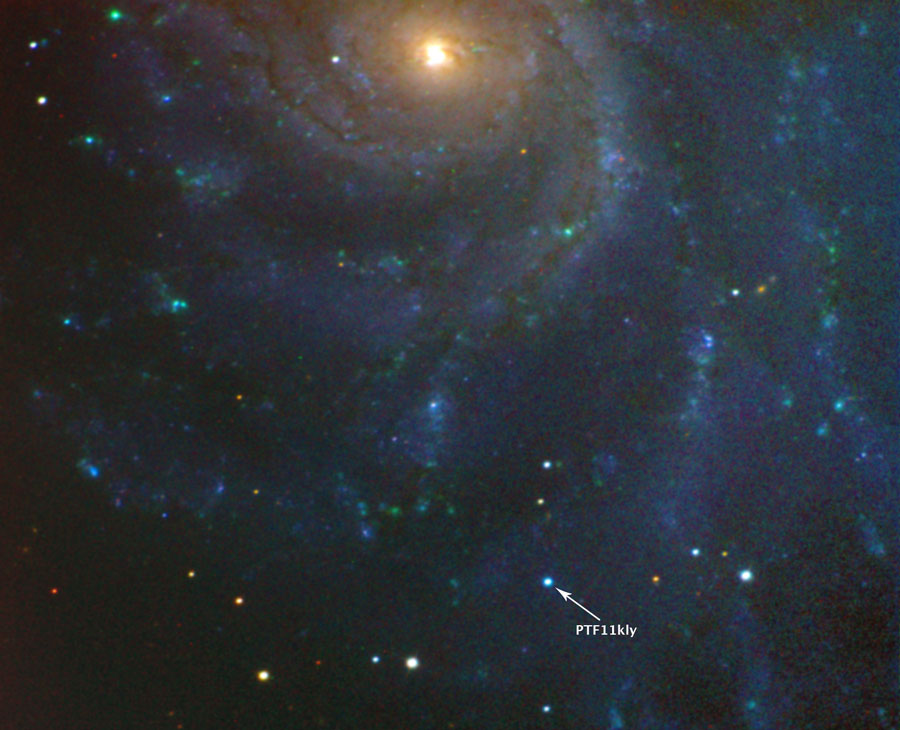Please vote for the TWO best Astronomy Pictures of the Day (image and text) of August 21-27, 2011.
(Repeated APODs are not included in the poll.)
All titles are clickable and link to the original APOD page.
We ask for your help in choosing an APOW as this helps Jerry and Robert create "year in APOD images" review lectures, create APOM and APOY polls that can be used to create a free PDF calendar at year's end, and provides feedback on which images and APODs were relatively well received. You can select two top images for the week.
We are very interested in why you selected the APODs you voted for, and enthusiastically welcome your telling us why by responding to this thread.
Thank you!
_______________________________________________________________
<- Previous week's poll
Why is this planet so dark? Planet TrES-2b reflects back less than one percent of the light it receives, making it darker than any known planet or moon, darker even than coal. Jupiter-sized TrES-2b orbits extremely close to a sun-like star 750 light years away, and was discovered producing slight eclipses in 2006 using the modest 10-cm telescopes of the Trans-Atlantic Exoplanet Survey (TrES). The alien world's strange darkness, however, was only uncovered recently by observations indicating its slight reflective glow by the Earth-orbiting Kepler satellite. An artist's drawing of planet is shown above, complete with unsubstantiated speculation on possible moons. Reasons for TrES-2b's darkness remain unknown and are an active topic of research. This aurora arched from horizon to horizon. During the current Shelios expedition to observe and learn about the northern lights, the sky last weekend did not disappoint. After sunset and some careful photographic planning, the above image was taken from the expedition's Qaleraliq campsite in southern Greenland. Visible straight through the center of the aurora, found with a careful eye, is the Big Dipper and the surrounding constellation of the Big Bear (Ursa Major). The brightest orb on the far right is the Moon, while Jupiter can be seen even further to the right. The Shelios expedition is scheduled to last until the end of August and include live broadcasts of ongoing auroras. Yes, but how many dark clouds have a multicolored lining? Pictured, behind this darker cloud, is a pileus iridescent cloud, a group of water droplets that have a uniformly similar size and so together diffract different colors of sunlight by different amounts. The above image was taken just after the picturesque sight was noticed by chance by a photographer in Ethiopia. A more detailed picture of the same cloud shows not only many colors, but unusual dark and wavy bands whose origins are thought related to wave disturbances in the cloud. Look through the cosmic cloud cataloged as NGC 281 and it's almost easy to miss stars of open cluster IC 1590. But, formed within the nebula, that cluster's young, massive stars ultimately power the pervasive nebular glow. The eye-catching shapes looming in this portrait of NGC 281 are sculpted columns and dense dust globules seen in silhouette, eroded by intense, energetic winds and radiation from the hot cluster stars. If they survive long enough, the dusty structures could also be sites of future star formation. Playfully called the Pacman Nebula because of its overall shape, NGC 281 is about 10,000 light-years away in the constellation Cassiopeia. This composite image was made through narrow-band filters, but combines emission from the nebula's hydrogen, sulfur, and oxygen atoms in a visible spectrum palette. It spans over 80 light-years at the estimated distance of NGC 281.




